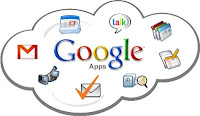What is a Podcast?
It's not about the podcast, it's about podcasting.
A podcast is an audio or video presentation that can be subscribed to by interested listeners/watchers. It is offered as a newsfeed (RSS) to make it easy for the public to access. Podcasting is the delivery system used to enable users to subscribe to a series of audio or video presentations.
Podcasting in Plain English
Podcasting carries four forms of media:
It's not about the podcast, it's about podcasting.
A podcast is an audio or video presentation that can be subscribed to by interested listeners/watchers. It is offered as a newsfeed (RSS) to make it easy for the public to access. Podcasting is the delivery system used to enable users to subscribe to a series of audio or video presentations.
Podcasting in Plain English
Podcasting carries four forms of media:
- Podcast - An audio session that is similar to a radio show.
- Enhanced Podcast - A podcast with still visuals. It looks like a narrated PowerPoint presentation.
- Chicago 2008 - Educational examples.
- Vodcast - A video session that is podcasted.
- UNICEF Ghana Lauches Vaccines - UNICEF vodcasts
- Screencast - Using Jing or Camtasia or Screenr to share processes that are occur on the computer screen. This is usually used for tutorials.
- How to use Screenr
- 8 Free Screencasting Tools - blog posting, not a video.



